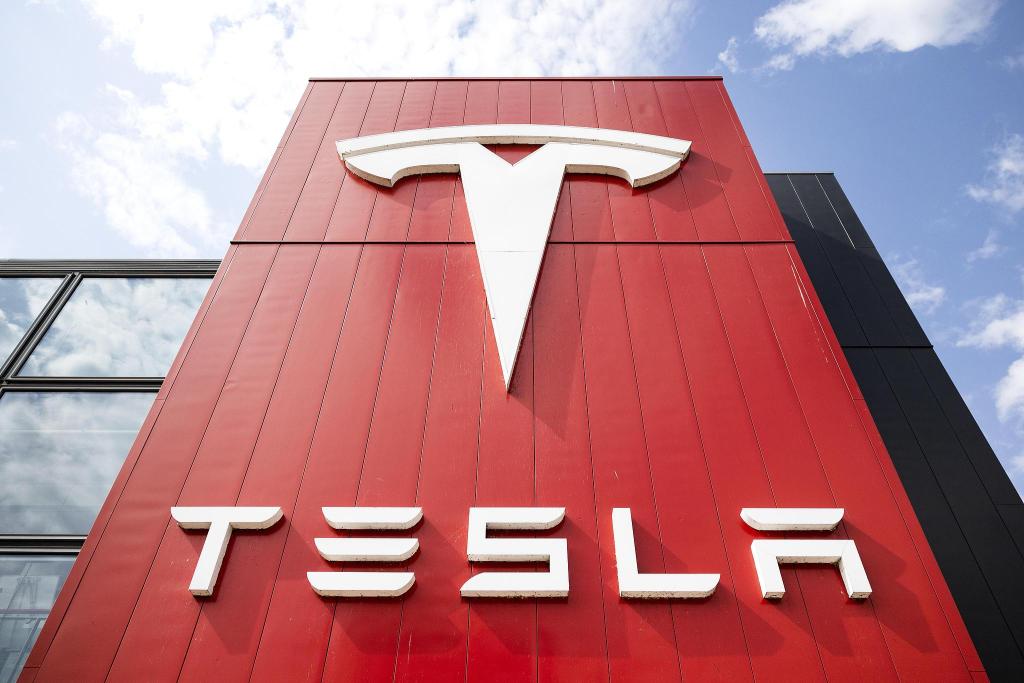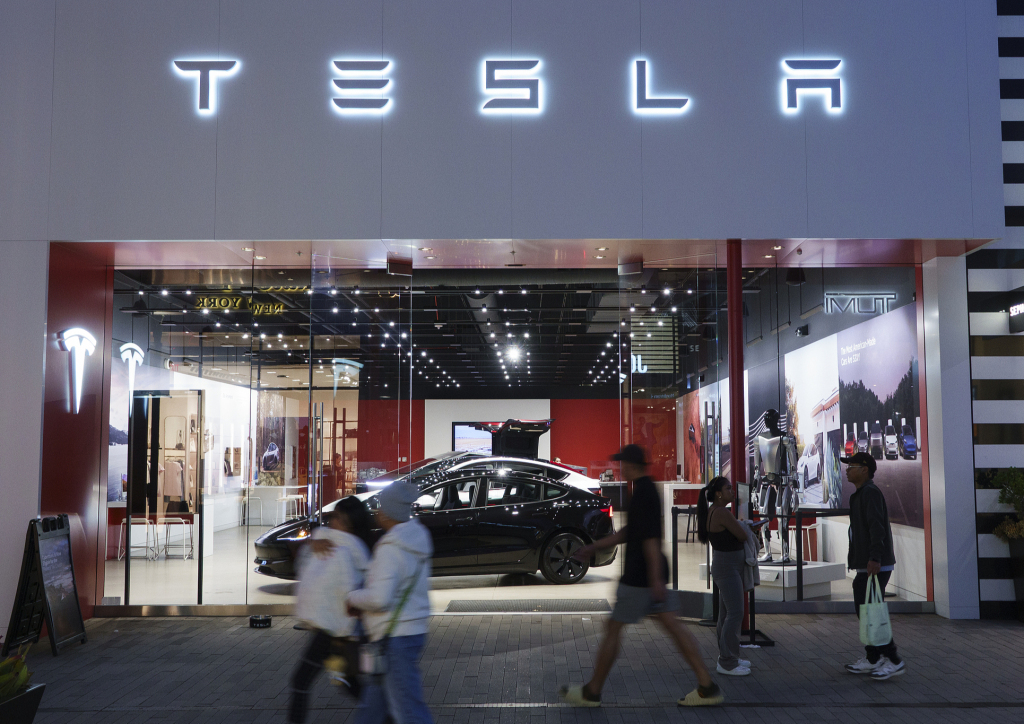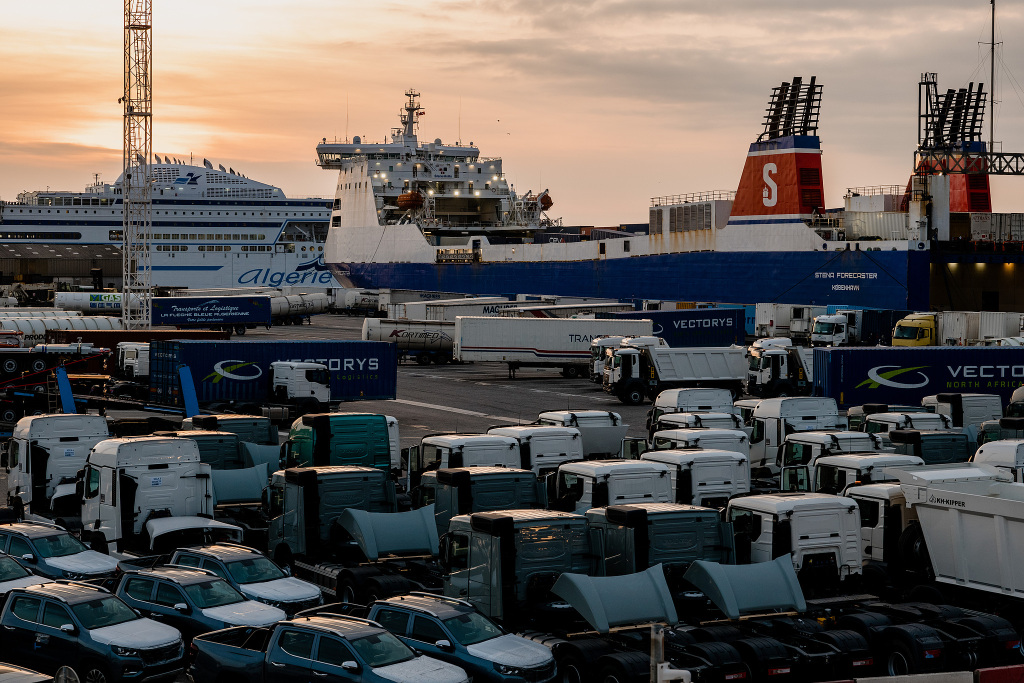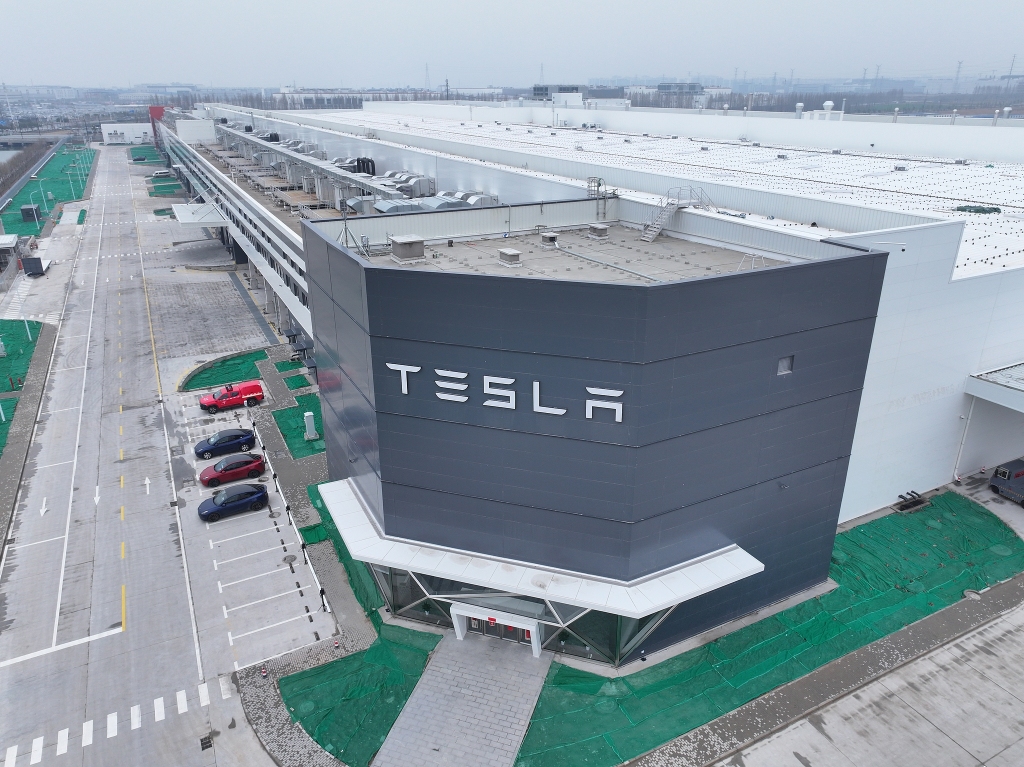
The fully self-driving robot taxi service that Tesla has promised for years is about to reach a critical juncture.
According to the company, the highly anticipated service will be officially launched next month, but the latest details disclosed by Morgan Stanley analyst Adam Jonas show that there is a significant gap between the scale of its implementation and public expectations.

According to information Jonas cited from a meeting with Tesla management, the first robot taxi service will be launched in Austin, Texas, but the fleet size will be only 10 to 20 cars, far below the "large-scale commercial deployment" previously expected by the industry. The service will be limited to public roads within the geo-fenced area and will only be open to specific users on an invitation-only basis.
Analysts pointed out that this restrictive strategy may be due to risk management considerations. "Tesla has made it clear that 'can't screw up,'" Jonas wrote in the report. To ensure safety, all vehicles will be equipped with tele-operators who can take over control of the vehicle when necessary. Although the company has repeatedly stressed that it will launch the service on time in June 2025, the specific launch date has not yet been finalized.
It is worth noting that this pilot is a continuation of Tesla’s current employee-only taxi service in Austin and San Francisco. Currently, in internal tests in these two cities, users can call Tesla vehicles through the application, but each vehicle is equipped with a human safety officer. The new service plan will replace the in-car safety officer through remote operation to achieve true "driverless driving".
The core technology supporting this service is Tesla's self-developed "Ground Truth Machine" system. The system uses Lidar and radar sensors to continuously scan the road environment in Austin and build high-precision map data. This technological layout may lay the foundation for future large-scale deployment.
Regarding Tesla's "small step trial" strategy, industry insiders analyzed that in the context of autonomous driving technology still facing regulatory scrutiny and technical challenges, restrictive pilots will help reduce public attention and potential liability risks. Data shows that Tesla's current internal testing in Austin and San Francisco has accumulated certain operational experience, but this is the first commercial attempt to completely remove human supervisors.
In addition to the autonomous driving business, Jonas also revealed the latest developments of Tesla's humanoid robot Optimus. The company plans to open the Optimus production line to investors for visits in the fourth quarter of 2025 and set a mass production target price of US$20,000. Although the price is far higher than that of ordinary consumer-grade robots, analysts believe that the initial market targeting high-net-worth individuals is still viable.


